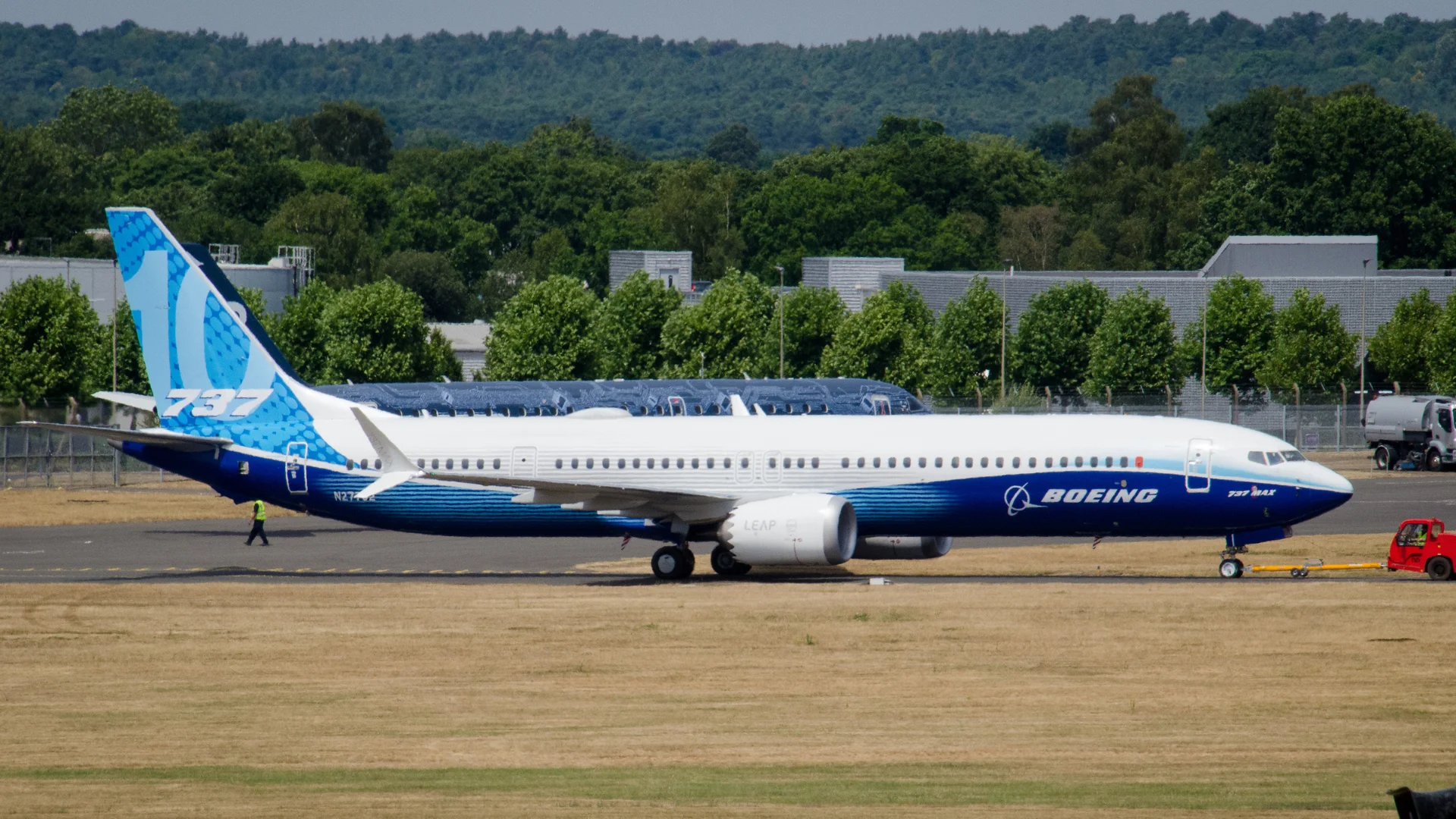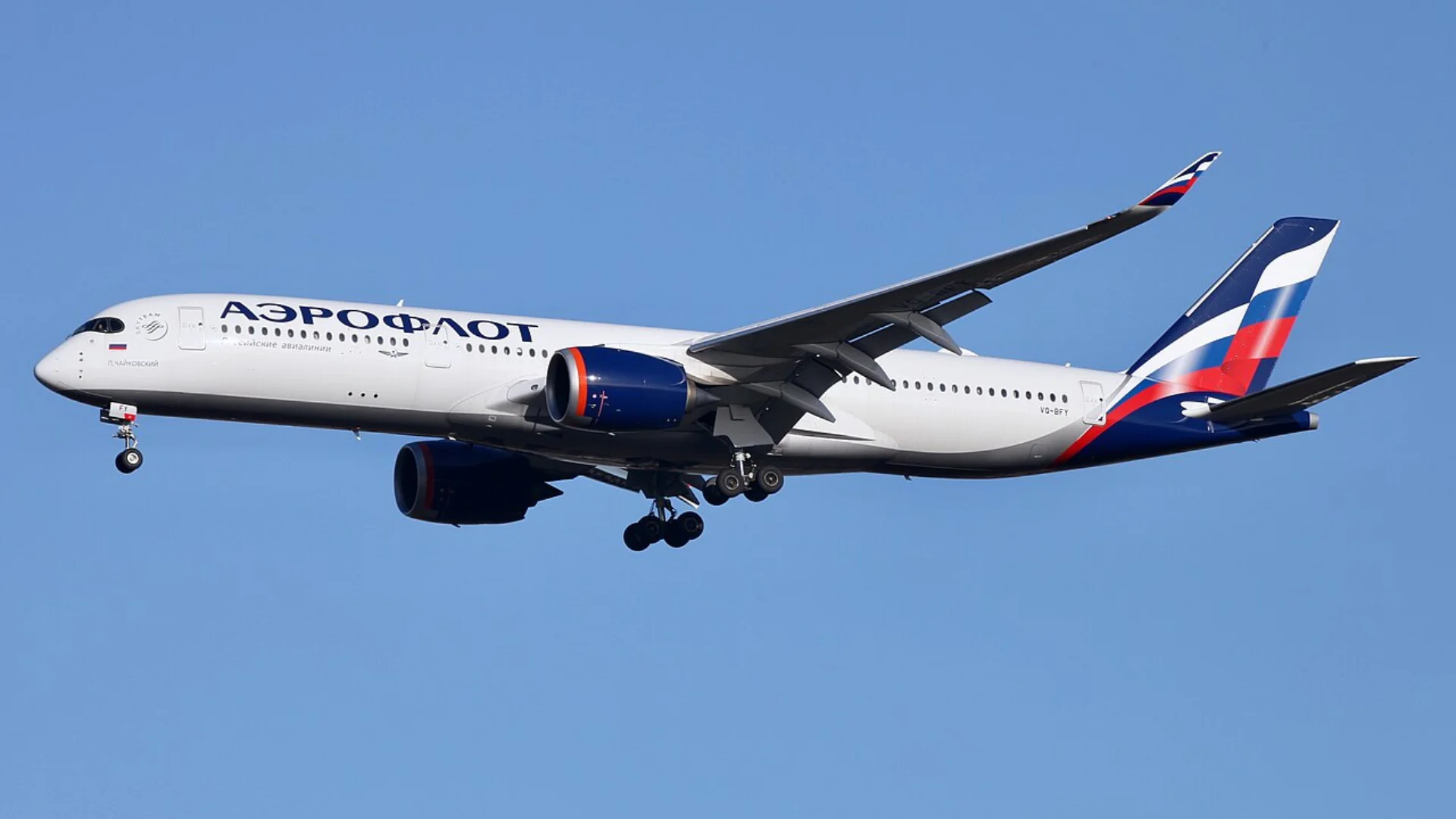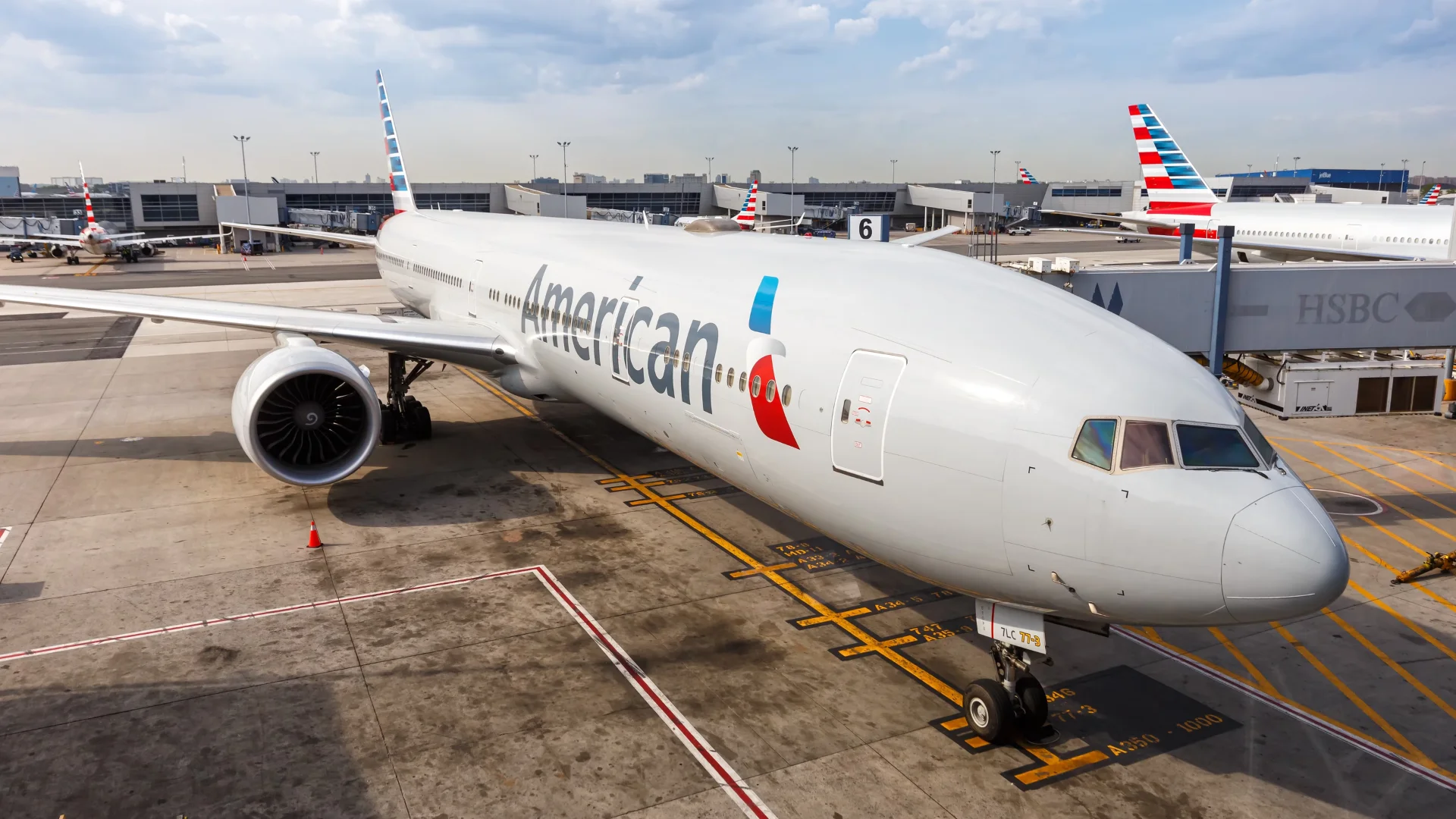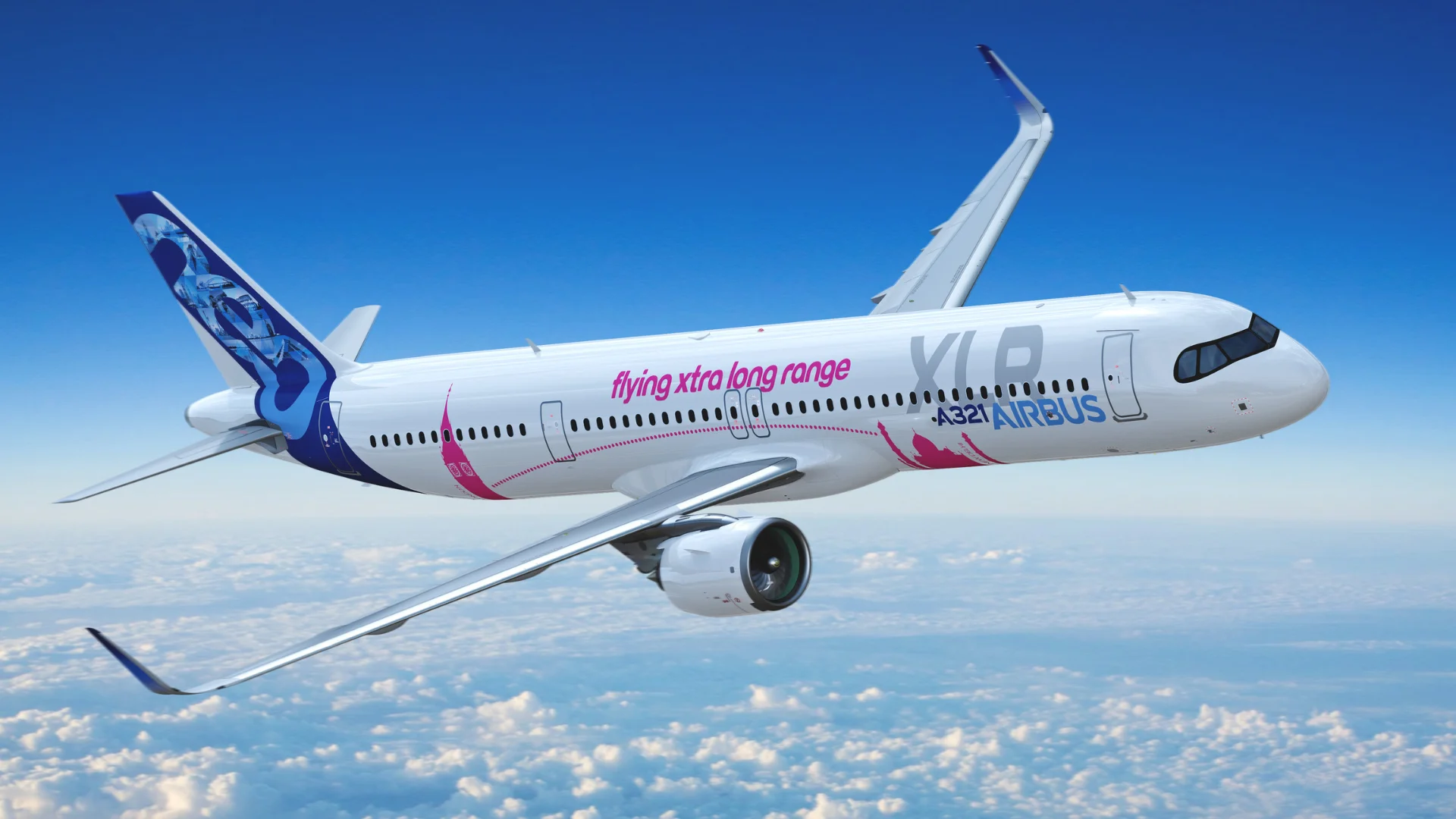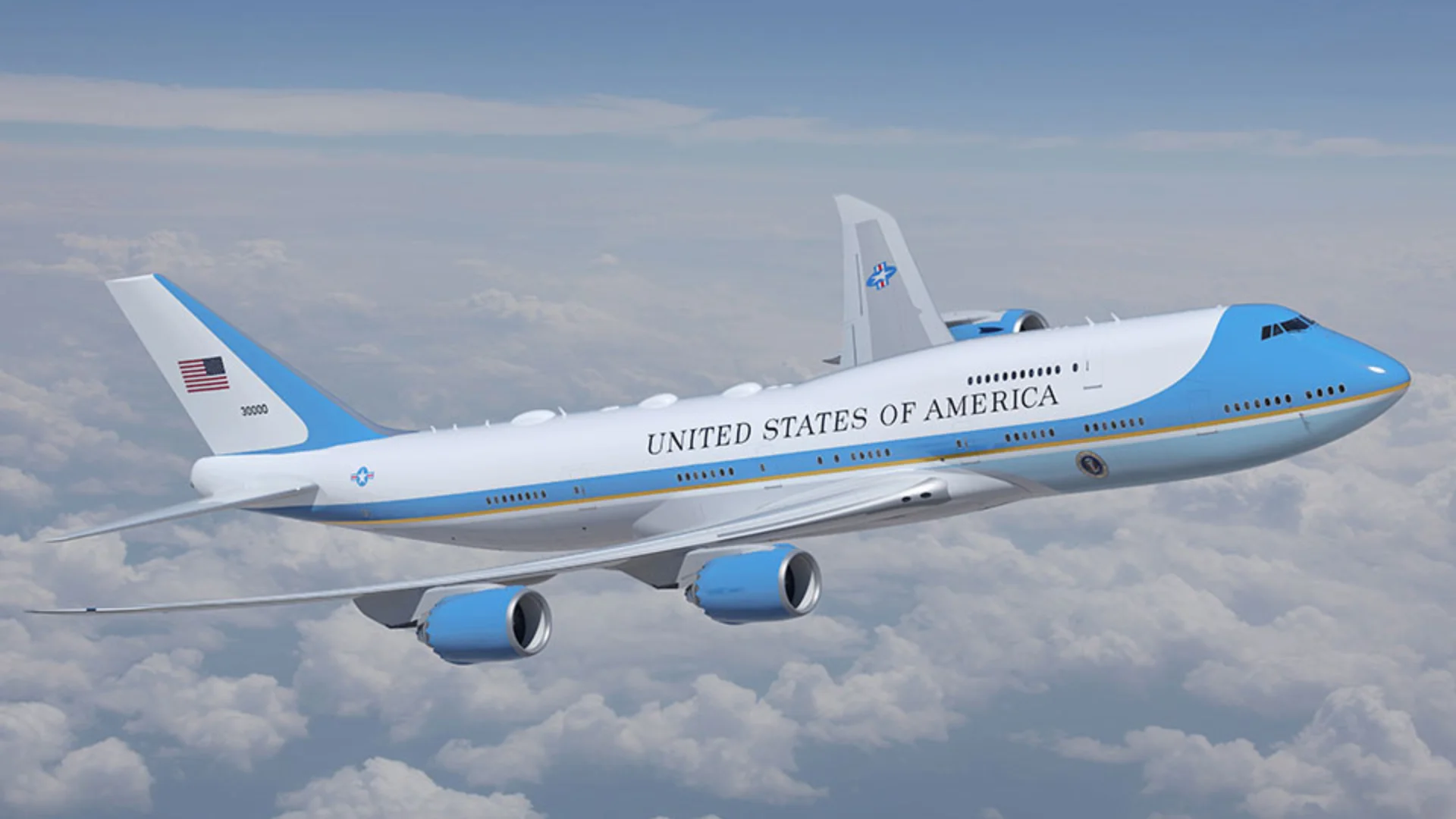Hartsfield-Jackson Atlanta International Airport, known as the world's busiest airport, hosts over 275,000 travelers daily. However, few realize that the airport is situated atop the headwaters of Georgia's Flint River. This river, one of the longest free-flowing rivers in the United States, flows beneath the airport’s runways.
Efforts are underway to integrate this natural feature into development plans around the airport. The initiative called "Finding the Flint," supported by American Rivers, The Conservation Fund, and the Atlanta Regional Commission, seeks to enhance both environmental health and community quality of life. A proposed promenade featuring food vendors and observation decks for plane spotting is part of this vision.
Wildlife strikes remain a concern at major airports like Hartsfield-Jackson. In 2024 alone, over 300 bird strikes were reported there. Measures such as air cannons and landscape alterations are employed to deter birds from flying near aircraft.
 Alerts Sign-up
Alerts Sign-up


















